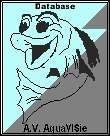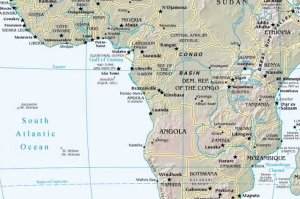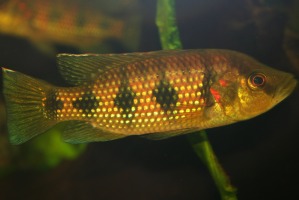 |
Hemichromis elongatus |
 |
||||||||||||||||||||||
|
|
|
|
||||||||||||||||||||||
| Explanation of the symbols | ||||||||||||||||||||||||
|
|
|
|||||||||||||||||||||||
|
||||||||||||||||||||||||
|
This species should be kept as a pair. He is a large
predator that digs a lot in the substrate, so plants can not
be used. The aquarium should be set up with stones,
driftwood and roots that make a lot of hiding places.
The substrate should be sandy. In their natural
habitat they live near de coast, so it is wise to add about
2 teaspoons of seasalt to 10 liters of water. You can
keep them together with other fishes of the same size that
live in the same water.
They are omnivorous but they prefer powerful live food. Frozen and dry food are accepted as well. Breeding is rather easy. Up to 800 eggs are laid and fertilized on a previously cleaned flat stone. Both parents care for the fry. After 2 days the eggs hatch. The parents move the larvae to breeding pits. Another 6 days later the young fishes are swimming free. You can raise them with baby brine shrimp. |
||||||||||||||||||||||||
|
|
||||||||||||||||||||||||
|
Jan Bukkems |
||||||||||||||||||||||||
 |
||||||||||||||||||||||||
|
|
||||||||||||||||||||||||
